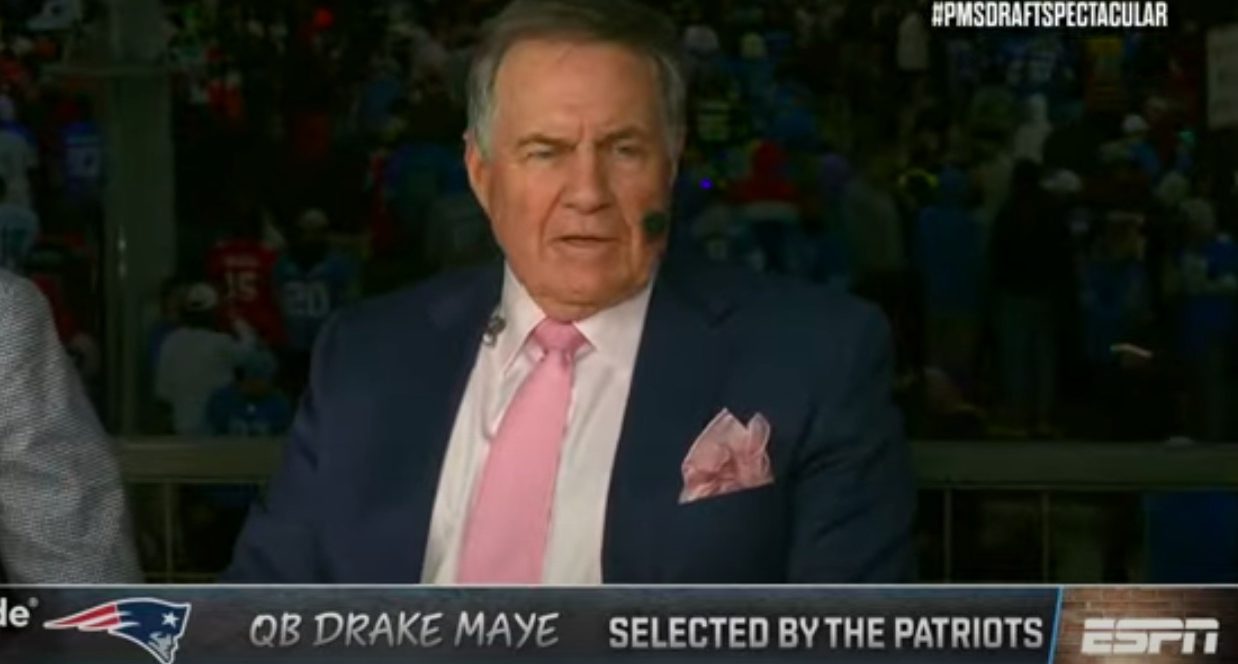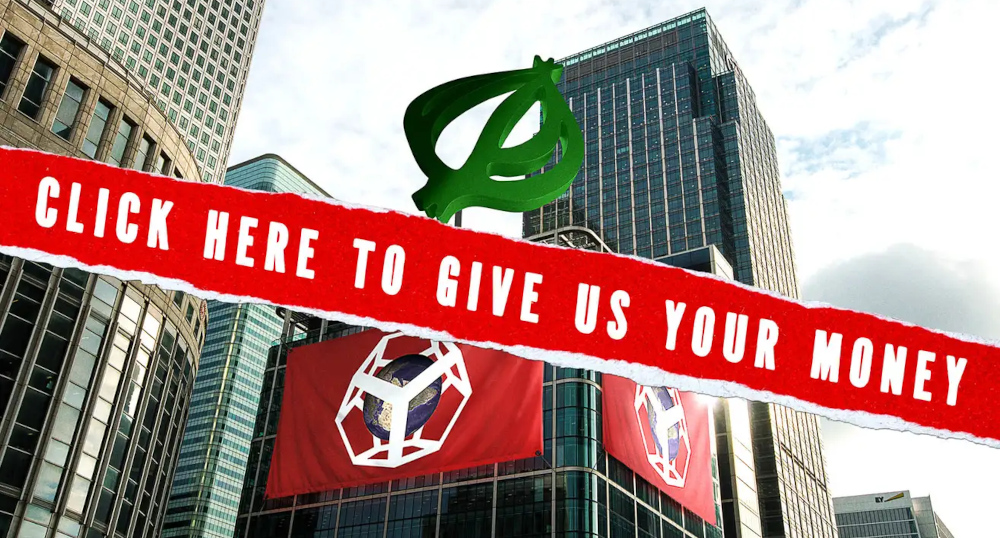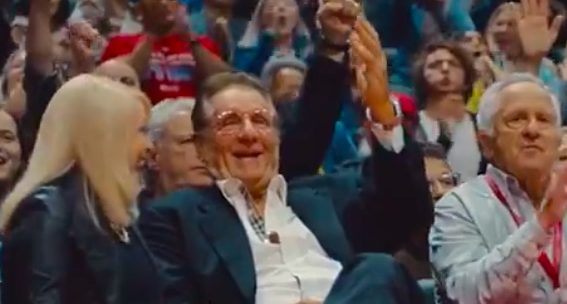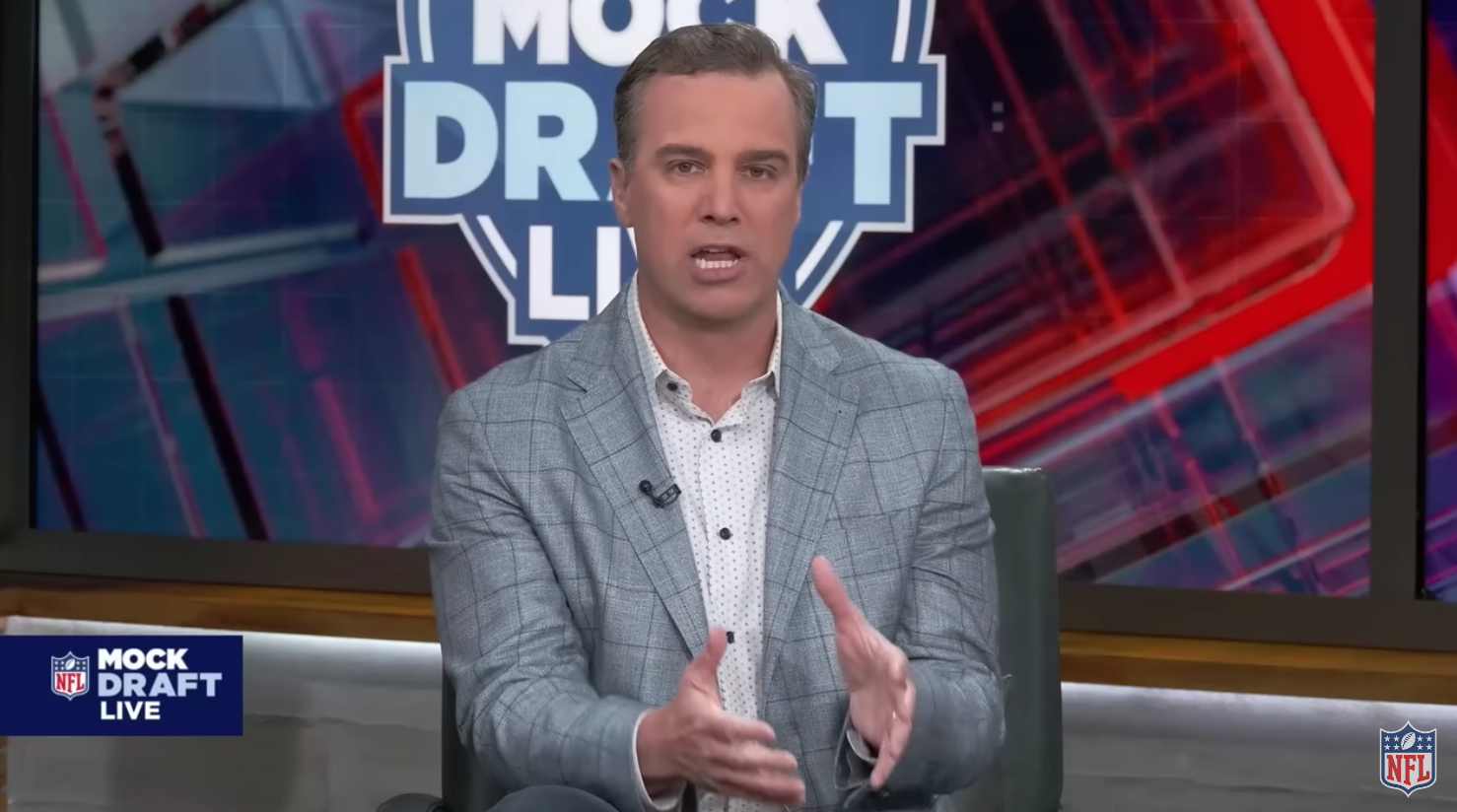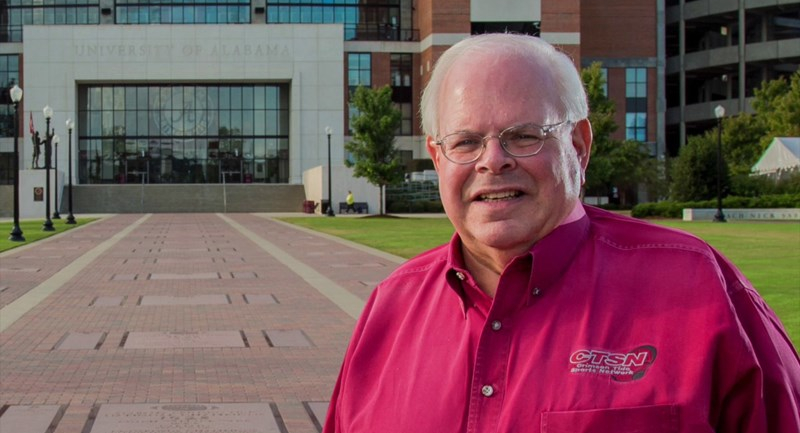Anything NFL Draft related has become prime-time programming for ESPN and NFL Network. That includes the NFL Scouting Combine, which moved many of its position tests and drills into the best TV times for maximum viewing potential.However, moving those drills and workouts back so many hours wasn’t very popular among draft prospects and their agents. Running at full speed hours after arriving at Lucas Oil Stadium and warming up increased the risk of injuries for several players. Pro Football Network’s Tony Pauline talked to one linebacker prospect who was left to just hang out for four hours after arriving at the combine. A running back said his position group waited for six hours until their workout began.The long delays and waiting were even worse for prospects like Navy quarterback Malcolm Perry, who will likely play wide receiver or running back in the NFL. Perry ran wide receiver drills earlier in the day, yet had to stick around until late into the night when running back workouts took place. With the clock nearing midnight, scouts felt it was too late to put Perry through running back drills.All of that waiting around (along with other conditions, such as poor food available) has several agents grumbling that they may keep their clients from participating in the Combine if workouts are held until prime-time again next year.https://twitter.com/nfldraftscout/status/1234136944487084034Maybe it was more fun for football and draft diehards to see top prospects like Ohio State’s Jeff Okudah and LSU’s Justin Jefferson run the 40-yard dash live after getting home from work and having dinner, rather than watching highlights online or TV hours later. Many fans enjoy following players from their favorite college teams as well. Moving the workouts to the evening also provided an opportunity for more interaction among viewers on social media.For example, did any of you text with your friends about Isaiah Simmons’ surprisingly fast 40 time? (Oh, we’re not thinking of any fans in particular. Nope.) Simmons projects as a linebacker, though played all over the field at Clemson, yet ran faster than Okudah, a defensive back who will be tasked with covering the NFL’s top receivers. How about Iowa offensive lineman Tristan Wirfs, who ran a 4.85 40-yard dash and set a vertical jump record (36.5 inches) at his position?https://twitter.com/NFL/status/1233922484023459842Though there are plenty of college stars, familiar names, and fan favorites who will participate in the Combine to elevate their draft profile and exposure among evaluators and executives, the event does continue to suffer from top players skipping the event each year. For instance, LSU quarterback Joe Burrow and Ohio State defensive end Chase Young both opted not to run drills, saving themselves for pro day workouts at their individual schools.While that likely benefits the best prospects by giving them more time to prepare and control over their workout settings, it does deprive scouts and fans of watching marquee names display their skills at the NFL’s showcase event. Those pro days won’t be televised (in prime-time or otherwise), leaving draft diehards to see clips, rather than full workouts, on social media and TV.But what’s more important? Player safety or prime-time TV exposure?This is an issue which extends beyond the scouting combine, as we’ve seen with negotiations among NFL players and team owners for a new collective bargaining agreement. Adding two more playoff teams and two extra wild-card games will bring in more TV money and presumably give the players a larger cut of those revenues. Yet playing more games (including a 17th regular-season matchup) increases the potential for injury and will take more of a toll on athletes already giving up their physical health for the sport.Unfortunately, TV is the engine that drives sports. (Thanks, Captain Obvious.) No professional sport may demonstrate that more blatantly than the NFL. And if the league gets a chance to boost viewership numbers on its network by putting combine workouts in prime-time, that practice will almost certainly continue despite player protests. Top prospects may opt out or perhaps some kind of stipend will eventually be arranged. But there are plenty of other hopefuls who will still participate for their own benefit, while also feeding the appetite of fans who miss football and dream of the upcoming season with one of these stars on their team.[Pro Football Network]
Moving NFL Combine to prime-time upsets players required to wait for hours and risk injury
"We're not risking hamstrings, ACLs and Achilles' for TV money we don't see."
 Photo Credit: Brian Spurlock-USA TODAY Sports
Photo Credit: Brian Spurlock-USA TODAY Sports
Recent Posts
Rich Eisen wins bet with NFL GM about first-round QBs
"Let's talk."
Bill Belichick: ‘We’ll see about that’ on Drake Maye’s Josh Allen comparison
"We'll see about that."
G/O Media sells The Onion to ‘Global Tetrahedron,’ ex-NBC reporter Ben Collins to serve as CEO
"Our goal is to be stewards for this thing."
Hulu drops trailer for ‘Clipped’ docudrama on disgraced former Clippers owner Donald Sterling
"Can’t tell if this is gonna be good or a Lakers knock off but Ed O’Neill is the perfect cast."
NFL Media exec: Daniel Jeremiah can go ‘toe-to-toe’ with Mel Kiper Jr.
"[Daniel's] one of the best, if not the best draft analyst, with respect to Mel."
Eli Gold on Alabama exit: ‘You can’t argue with city hall.’
"They made a choice I didn't agree with."
Sidebar
Popular Posts
Recent Posts
Rich Eisen wins bet with NFL GM about first-round QBs
"Let's talk."
Bill Belichick: ‘We’ll see about that’ on Drake Maye’s Josh Allen comparison
"We'll see about that."
G/O Media sells The Onion to ‘Global Tetrahedron,’ ex-NBC reporter Ben Collins to serve as CEO
"Our goal is to be stewards for this thing."
Hulu drops trailer for ‘Clipped’ docudrama on disgraced former Clippers owner Donald Sterling
"Can’t tell if this is gonna be good or a Lakers knock off but Ed O’Neill is the perfect cast."
NFL Media exec: Daniel Jeremiah can go ‘toe-to-toe’ with Mel Kiper Jr.
"[Daniel's] one of the best, if not the best draft analyst, with respect to Mel."
Eli Gold on Alabama exit: ‘You can’t argue with city hall.’
"They made a choice I didn't agree with."


